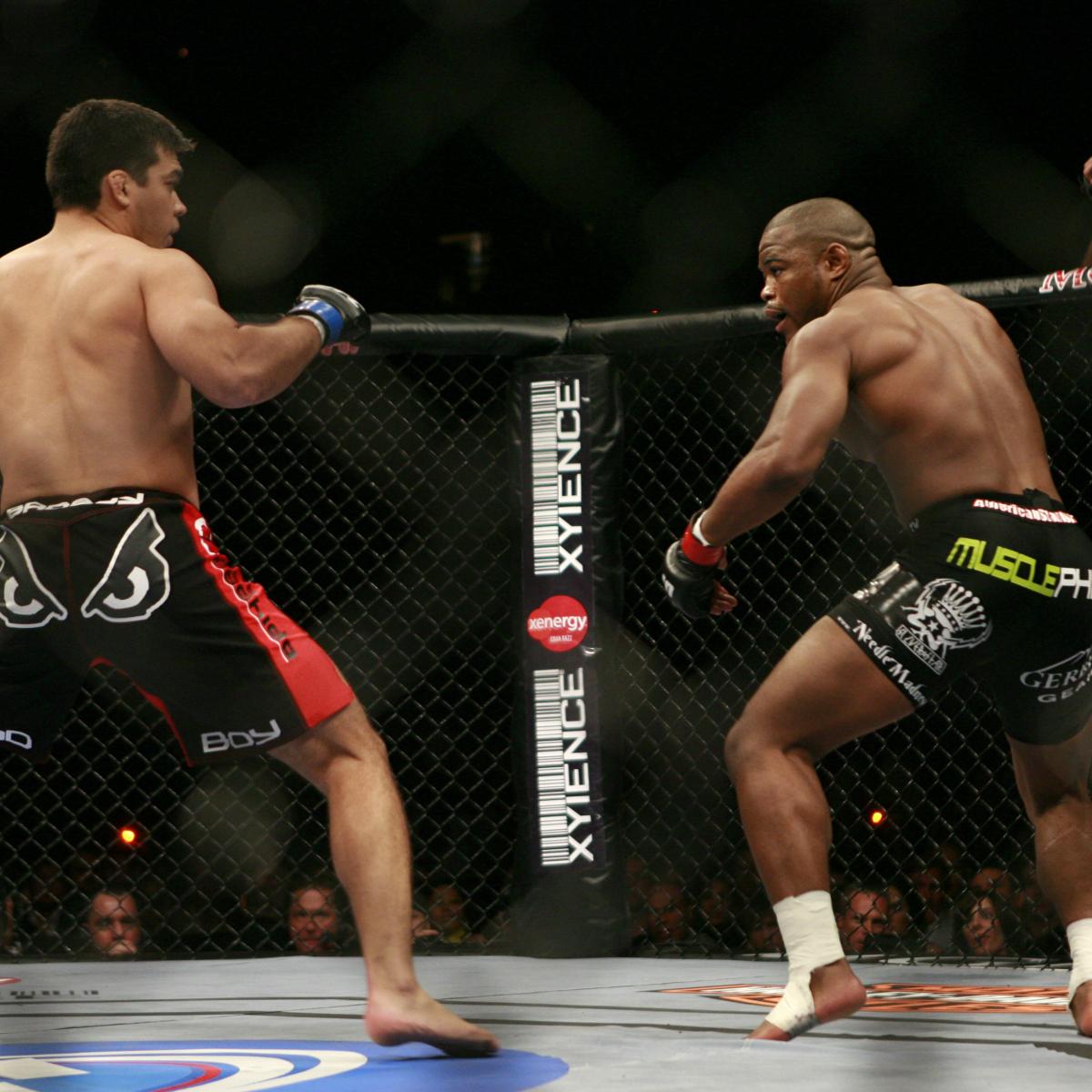It is oversold, people want to hang onto the pass, honor the tradition and refuse to learn new things.This is my answer to the main use of forms. Both to people who think forms are useless (are pushups useless?) or to those who think forms are a textbook for actual fighting, after I say they're not, and they go "oh, so you think they're useless?"
However, people say there are "so many reasons" to do this particular movement, so I was wondering what the "so many reasons" are. Based on the fact there aren't many more answers provided than what I'd already come up with, I'm wondering if "so many reasons" is as oversold as the practicality of the forms themselves.
It is ok if one tread it as art, but if people want to learn to fight, it's a different story. To me, MA is art of kicking butt, if it is useless in real fight or UFC, it's useless. It's two different things to honor the history and treat it as art vs practical fighting. They are very far apart. Most important thing is people has to be honest what they want to achieve and don't tell students otherwise.
NOW, it's important to note that I don't know MMA, my training is kickboxing from Bruce Lee era. I am CHOPPED MEAT compare to MMA. BUT, I have to be objective and be honest. I treat my training as aerobics now a days.

